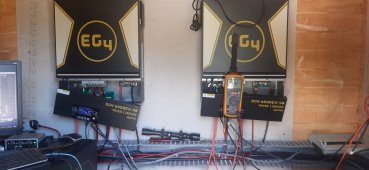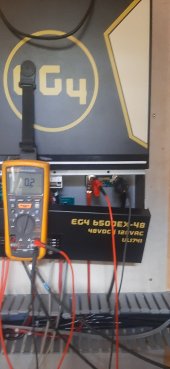Would certainly like to know what blows FETs in an inverter.
Reverse polarity would do that, but they ran for a few months so not reversed.
Fuse? That would show open.
Yes, shorted caps would be zero ohms too.
Overheating from overload could kill FETs. Caps can short, maybe if over-voltage or over temperature (which can occur from high ripple, e.g. running full load for an extended time, if not designed to handle that.)
We have switch-mode bench supplies at work, and have blown a few powering inductive loads. Consider what yours drive (inductive or otherwise), and how they are switched.
Maybe if an inductive load is connected and disconnected, resistive loads absorb the energy (limited higher voltage to drive the extra current.) But if no resistive loads, voltage across FETs spikes much higher.
There are various designs of "snubber". I designed an amplifier to drive RF into a capacitive load and was paranoid about that. I put diodes clipping output voltages beyond the rails.
Wonder if just load-dump causes inverter to hurt itself?






